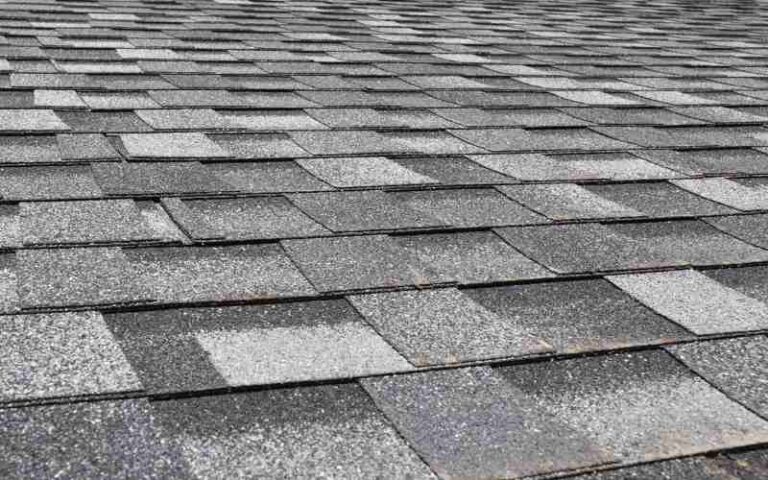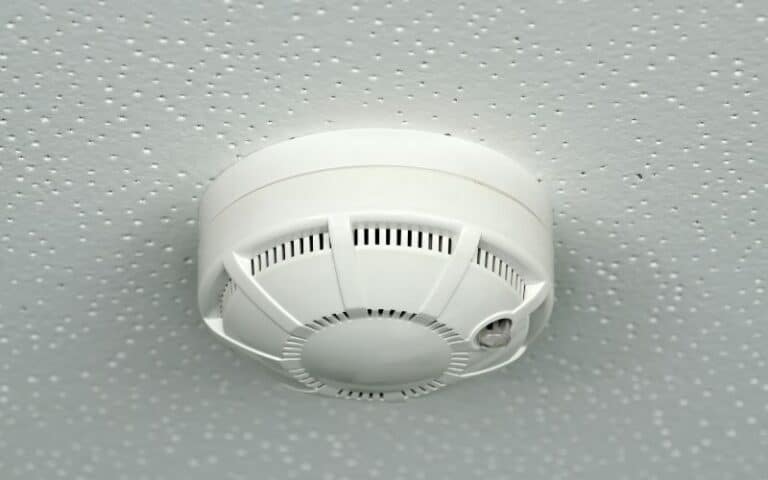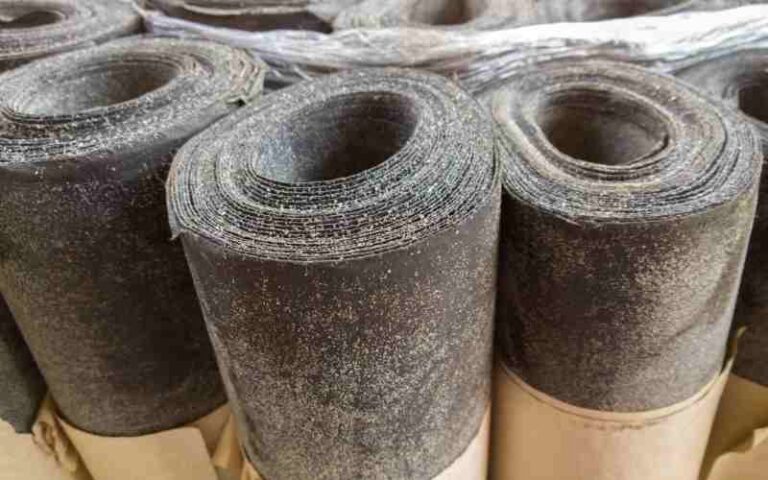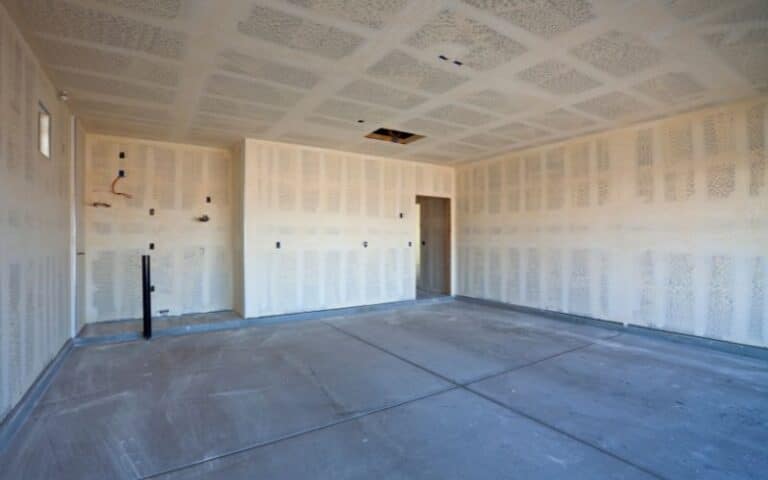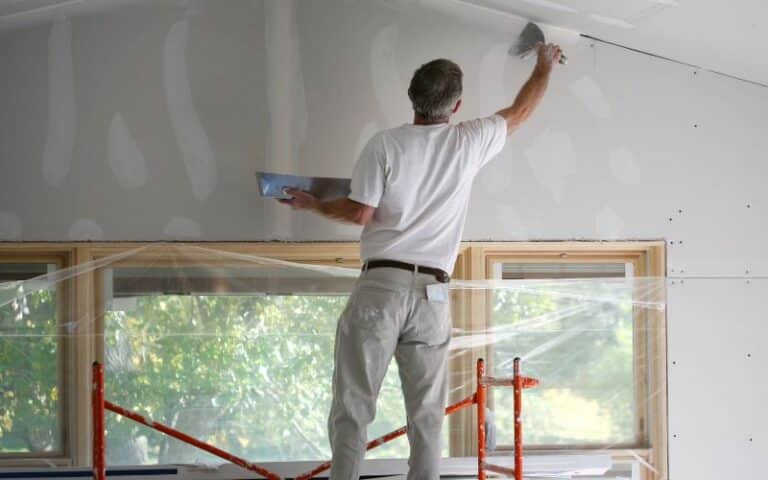Drywall anchors are an excellent option for attaching items to the wall. The anchors are firm and effective in keeping the items stable.
However, it is crucial to know whether drywall anchors are reusable, especially when you need to change the location of an appliance or decor.
Knowing this will also help you to save money on the type of anchors you buy. Therefore, it would help to read this article thoroughly to understand if you can reuse your anchor.
Drywall anchors are not reusable because they expand after going through the wall hole. However, some anchors are reusable because of their material and design. Examples of such drywall anchors include metal, mixed plastic, and reusable anchors. You can reuse these anchors multiple times until they eventually wear out.
In this article, I will explain if you can reuse drywall anchors, if drywall anchors are permanent and how to remove wall anchors without damaging drywall.
By the end, you’ll also know if you can screw into a drywall anchor twice.
Ready for a Roofing Quiz?
Ready for a Drywall Quiz?
Can You Reuse Drywall Anchors?

You can reuse drywall anchors. However, it depends on the type of wall anchor. There are different types of wall anchors available.
The plastic type of wall anchors is hard to reuse. They are one-time use only because of the design.
Once you drill the plastic drywall anchor into the wall, it expands to ensure it secures firmly. In addition, the expansion ensures the anchor has a good grip.
The expansion weakens the material when you remove a used plastic wall anchor. It makes it difficult to reuse the anchor.
The wall anchor will collapse under the impact of a hammer. However, you can reuse the plastic anchor if you don’t drive a screw deeply into the anchor.
In this case, you can use a pair of pliers to pull the screw. Then, reinsert the tip of a screw into it to reuse it.
Although the anchor may be dusty, it is still usable. You make a new hole anywhere to use it.
However, reusing plastic anchors can weaken them due to repeated use. In addition, the threading on the screw wears over time, eventually making it lose its grip.
It becomes challenging for the anchor to fit snugly into the holes. It begins to wiggle when you screw it into a drywall.
Eventually, the drywall anchor will pull loose or make the wall and the item on it crash.
Another way to reuse the anchor is to drill an extremely shallow hole into the drywall. The hole will allow you to remove the screws easily.
It will also reduce wear and tear on the anchor and save money on buying more anchors.
On the other hand, metal and mixed plastic anchors are easily reusable. In addition, these types can retract when you loosen the screw so you can reuse them.
Furthermore, there are reusable drywall anchors designed for the primary purpose of using them multiple times.
This drywall anchor contains a sturdier plastic to hinge on when you drill them into the hole.
The design allows you to reuse them multiple times without wear and tear. In addition, they do not damage the wall when you remove them.
The reusable drywall anchors and traditional ones serve the same purpose. However, there are some significant differences between them.
The table below outlines the differences between reusable and traditional drywall anchors.
| Reusable Drywall Anchors | Traditional Drywall Anchors |
|---|---|
| The design is sturdy. | The plastic type is weak. |
| They are easy to attach and detach. | They can be pretty stressful to attach and detach. |
| They are more expensive. | They are more affordable. |
| You can use them multiple times. | Most of them are Single use. |
Are Drywall Anchors Permanent?
Some types of drywall anchors are permanent, while others are removable. The design and material of the anchor determine if it is permanent.
For example, plastic drywall anchors are permanent because they expand inside the hole to fit snugly. Therefore, removing them damages the wall and anchor.
However, you can remove metal, mixed plastic, and reusable anchors whenever possible. This feature makes them temporary compared to plastic ones.
At the same time, the holes any drywall anchor makes are permanent, except you fill them to conceal the spot.
How Do You Remove Wall Anchors Without Damaging Drywall?
Removing wall anchors without damaging the drywall requires care and patience. Rushing the process can damage the anchor too.
The process is simple, and you can successfully pull them out with the right tools.
There are three methods for removing the anchors according to the type of fasteners. Often, you can easily pull out cone-shaped, threaded plastic or expanding anchors.
On the other hand, you may need to push T-nut head varieties through the wall or use a cutting wheel.
However, every method requires removing all the screws to reach the anchors. Then, you can use the method that works for the type of fastener.
Here are the methods to remove wall anchors without damaging the drywall.
Method 1: Pull Out the Anchor
To carry out this method:
- Use needle-nose pliers to grab the head or collar of the anchor firmly.
- Then, wiggle it out with soft back-and-forth rocking movements.
- The anchor will come off quickly.
Method 2: Back Out the Anchor
This method is an alternative to when the first method doesn’t work. You might ruin the wall if you keep trying to pull out when it isn’t working.
So, it is best to abandon it and try out this alternative.
To use this method:
- Use a hammer to tap into place a screwdriver that fits accurately into the mouth of the anchor.
- Next, back out the drywall anchor by turning the screwdriver counter-clockwise.
- You will notice the anchor turning or moving until it comes off.
If this method doesn’t work, you can use the third method.
Method 3: Cut and Hammer the Anchor
You will need protective goggles and a cutting wheel for this method.
Follow the steps below to use this method:
- Attach a 1-inch cutting wheel to a drill and use it to cut off the top of the anchor. You can also use a utility knife to cut it.
- Next, use a hammer to hit a wide nail or a screwdriver against the mouth of the anchor.
- The screwdriver head should be wider than the anchor:s mouth, but it shouldn’t be wider than the anchor’s body.
- The drywall anchor will drop behind the back of the wall.
Although these three methods will successfully remove the drywall anchors, there will be a hole in the spot where the anchor used to be.
So, you must use some steps to patch the spot to conceal the hole and make the drywall look neat.
Here are the steps to patch the drywall hole.
- Position a hammer on the edge of the hole.
- Tap the hammer lightly until the edges are flat and blend with the wall.
- Use a dry rag to clean the drywall dust on the wall.
- Next, use a putty spatula to apply drywall compound on the spot.
- Move the spatula in an X motion to remove excess drywall compound.
- Leave it overnight to dry.
- When the spot dries out, sand it with medium-grit sandpaper.
- Clean the dust with a dry cloth and paint the spot to blend with the rest of the wall.
Can You Screw Into a Drywall Anchor Twice?
It isn’t possible to screw into a drywall anchor twice. However, this only applies to plastic drywall anchors.
The plastic material of the anchor expands the first time you screw into it. After that, the drywall anchor becomes worn out, making it impossible to accept another screw.
On the other hand, you can screw into a reusable, metal, and mixed plastic drywall anchor again. Although, the screw may not easily fit into the metal and mixed plastic anchors.

